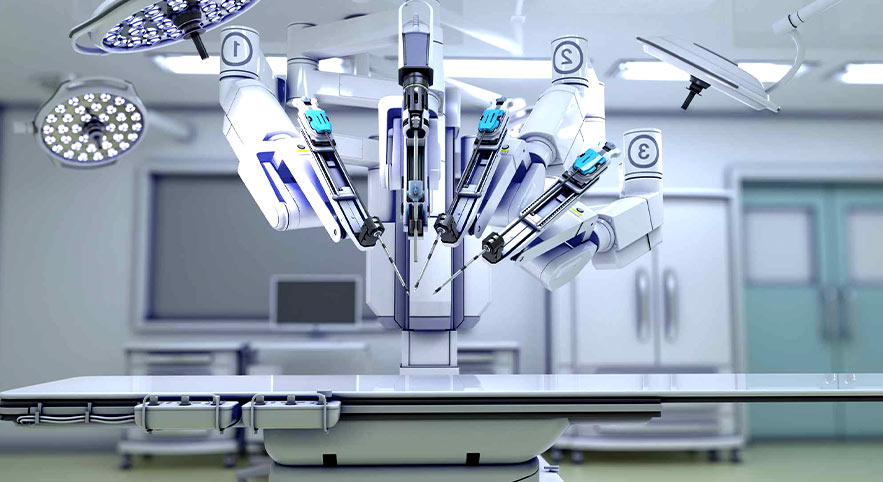We always strive to provide the best possible medical treatment & procedures to our patient aiming to achieve the highest possible success rate.
Citizens Specialty Hospital, we provide a wide range of services including prevention, screening, assessment and treatment. Our physicians and support staff aim to provide each patient with the international standards of care and exceptional service.
Read MorePatients From More than 50 Countries
Doctors & Trained Staff
Team of Specialists
Departments
Ensure your perfect health condition and preventive health measures with our comprehensive preventive health check-up package designed for all age groups.
Innovation has always been a cornerstone of the healthcare and medical device fields, and many specialities are evolving and benefiting from technology and medical advances.
Know MoreCitizens Specialty Hospital provides speciality healthcare based on world-class standards of care and evidence-based protocols across a broad range of medical specialities for inpatients and outpatients.
24X7 Doctors
24X7 Emergency
24X7 Ambulance
24X7 Pharmacy
Citizens Specialty Hospital provides the best medical care not only to Indian patients but also to patients worldwide. Every year, the hospital witnesses several patients traveling to India to receive world-class treatment facilities.
Happy Patient
Specialist Doctor
Trained staff
Our Blogs will keep you updated with the latest news,
campaigns, and health and wellness updates you should know.
Looking for professional & trusted medical healthcare?
Don’t hesitate to contact us.












